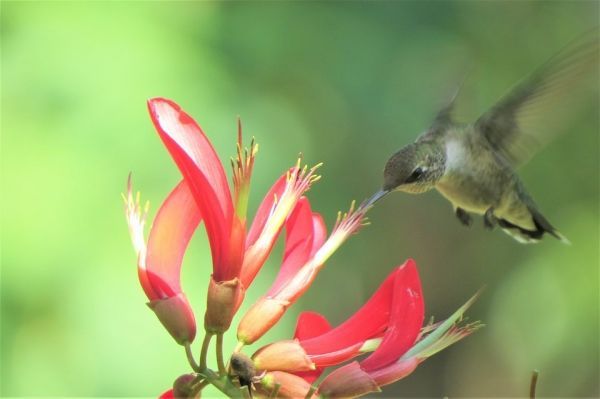The extraordinary ability of hummingbirds to perform complex escape maneuvers will be explored for its potential to enhance the field of robotics and micro aerial vehicles, thanks to a $923,483 grant from the Office of Naval Research.
Bo Cheng, assistant professor of mechanical engineering at Penn State, is leading the project to develop a holistic understanding of the bird’s maneuverability by working with biologists and fluid dynamicists, gaining new insights into the aerodynamics, perception, motion planning and control of hummingbird flight and applying the concepts to robotic systems.
“Hummingbirds are often considered as the most agile flying animal in the world,” Cheng said. “They fly like insects by flapping their wings back and forth, but they can do it much better than insects thanks to their more advanced brain and musculoskeletal systems.”
This project to understand the agility of hummingbirds will include teams from three universities: Penn State, Vanderbilt University and the University of Montana. Penn State is the lead of this project and will integrate the aspects of aerodynamics, biology and robotics, with a particular focus on perception, motion planning and control. The other teams will focus on the aerodynamics and biological aspects of hummingbird flight.
Read more at Penn State
Photo Credit: GeorgeB2 via Pixabay


